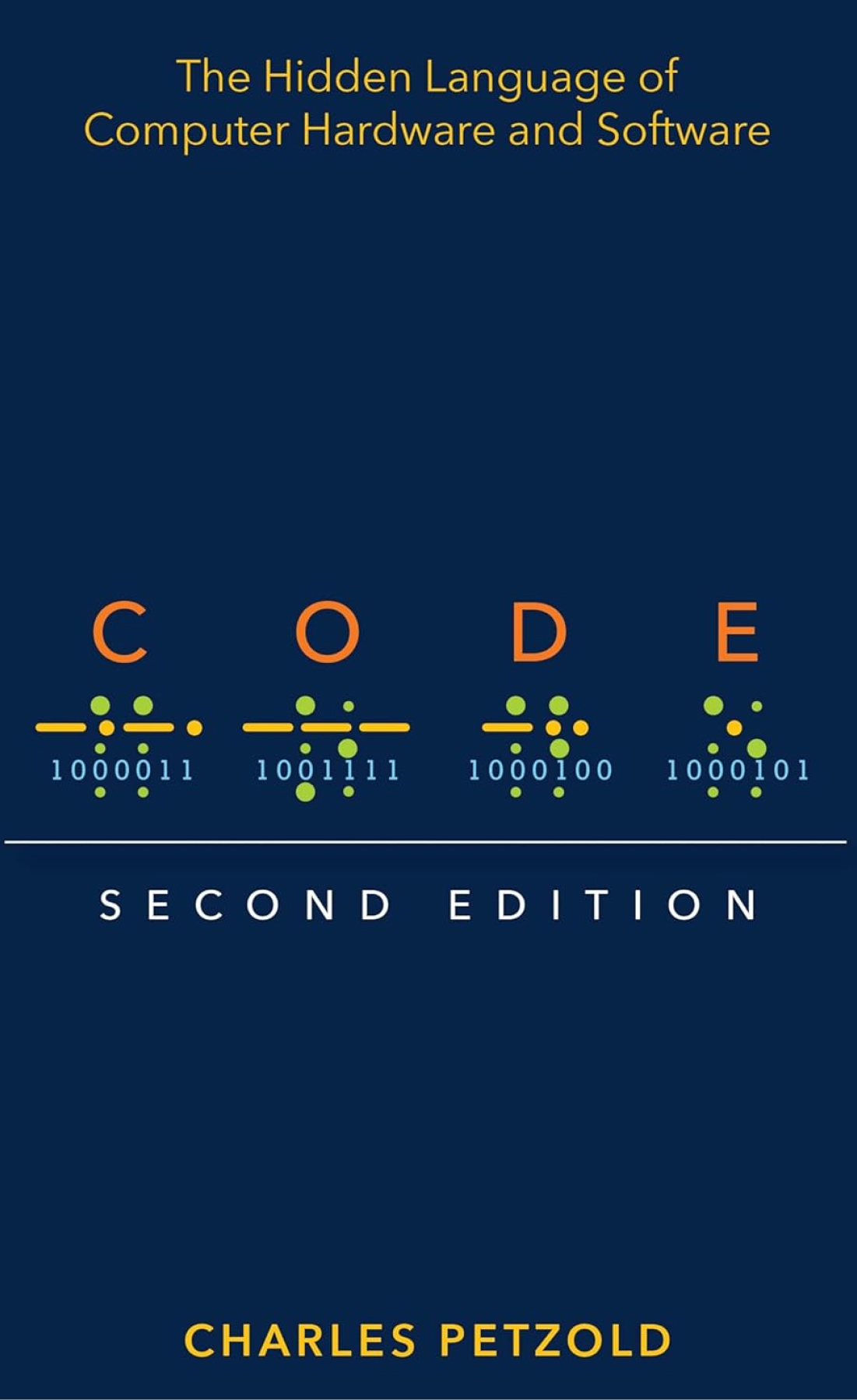Major concepts

Moore’s Law
Moore’s Law predicts that computing power doubles every two years as costs halve. It has been a major force behind technological innovation.

- Moore's Law tracks the trend of increasing computing power at lower costs.
- It serves as a guideline for growth in the tech industry.
- Challenges arise as physical limits of chip miniaturization are reached.
- Future progress may depend on software optimization and new computing paradigms.
Moore’s Law, named after Intel co-founder Gordon Moore, observes that the number of transistors on microchips doubles every two years, making computing more powerful while reducing costs.
This trend has driven innovation for decades, influencing everything from processing speeds to storage capabilities.
Understanding Moore's Law
Moore's Law is not a strict law of physics but an observation that became a guiding principle in tech:
- Technological progress: Computing becomes faster and cheaper over time.
- Economic impact: Lower costs make advanced technology more accessible.
It has shaped business strategies and research priorities, pushing the boundaries of digital tech from smartphones to data centers.
Every two years, more power becomes available at lower costs, raising innovation and consumer expectations.
Challenges in Maintaining the Trend
As transistor sizes shrink, Moore's Law faces physical limits:
- Miniaturization struggles: Shrinking transistors further becomes more difficult and costly.
- Expensive fabrication: Creating cutting-edge chips requires advanced, costly manufacturing.
These challenges have led to exploring alternatives, like quantum computing and neuromorphic chips.
The tech industry must balance continued innovation with practical sustainability.
Adapting Beyond Moore's Law
As Moore’s Law slows, the focus shifts to software and new architectures:
- Invest in new materials and chip designs that might extend Moore’s observations.
- Use energy-efficient designs that can handle more tasks with less power.
- Leverage AI to optimize processes that go beyond hardware capabilities.
By thinking creatively, companies can continue to push technological progress.




